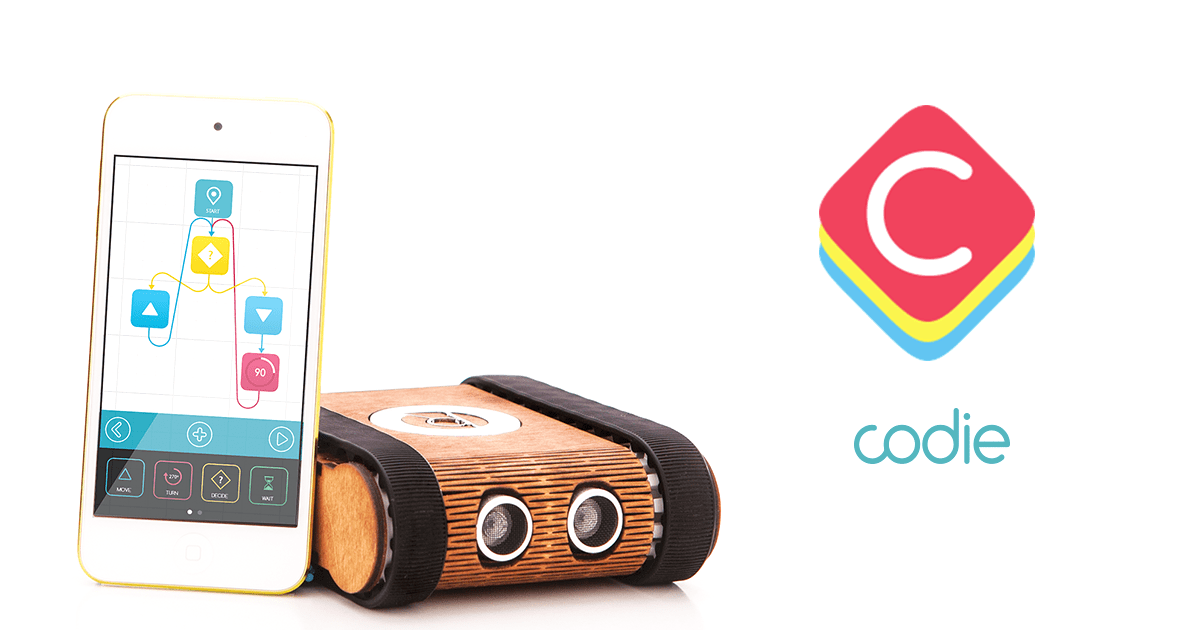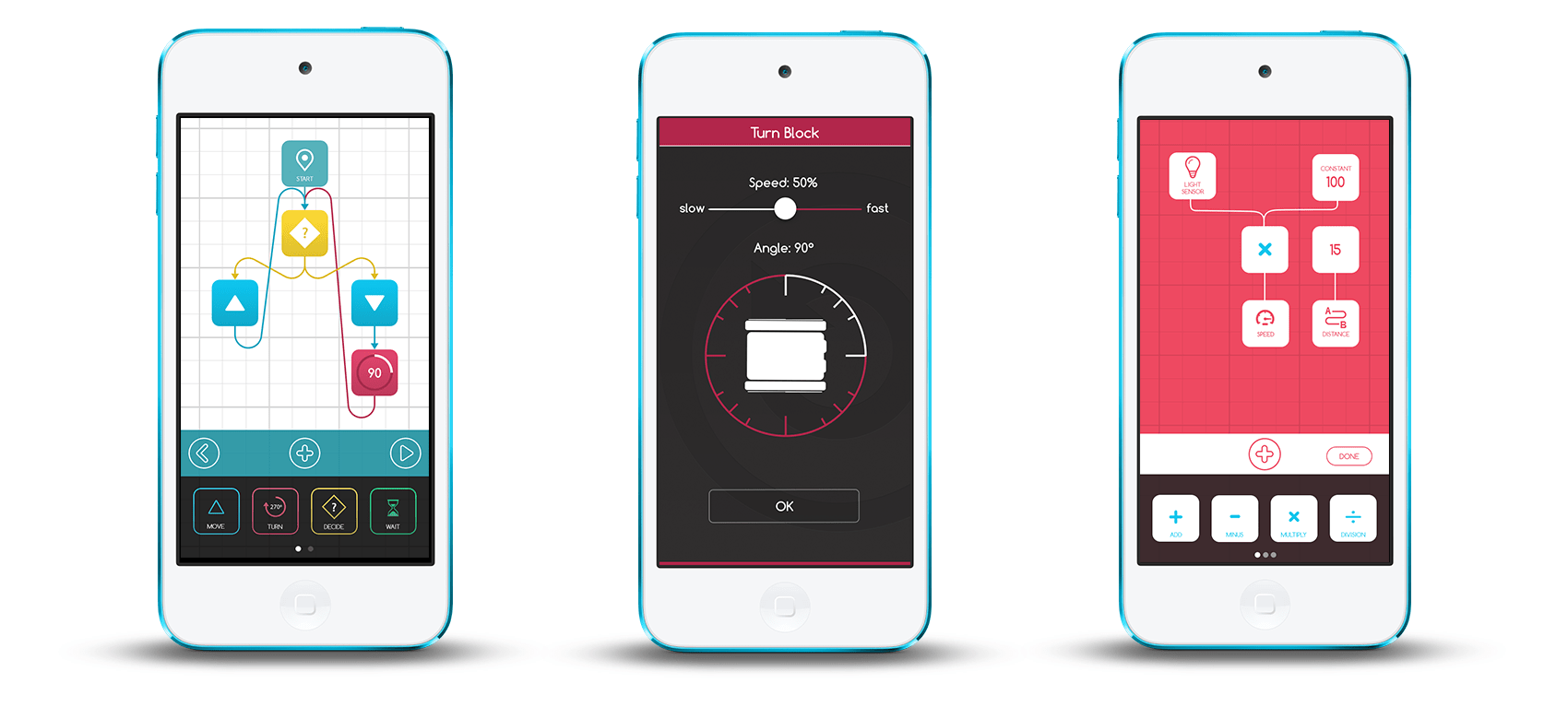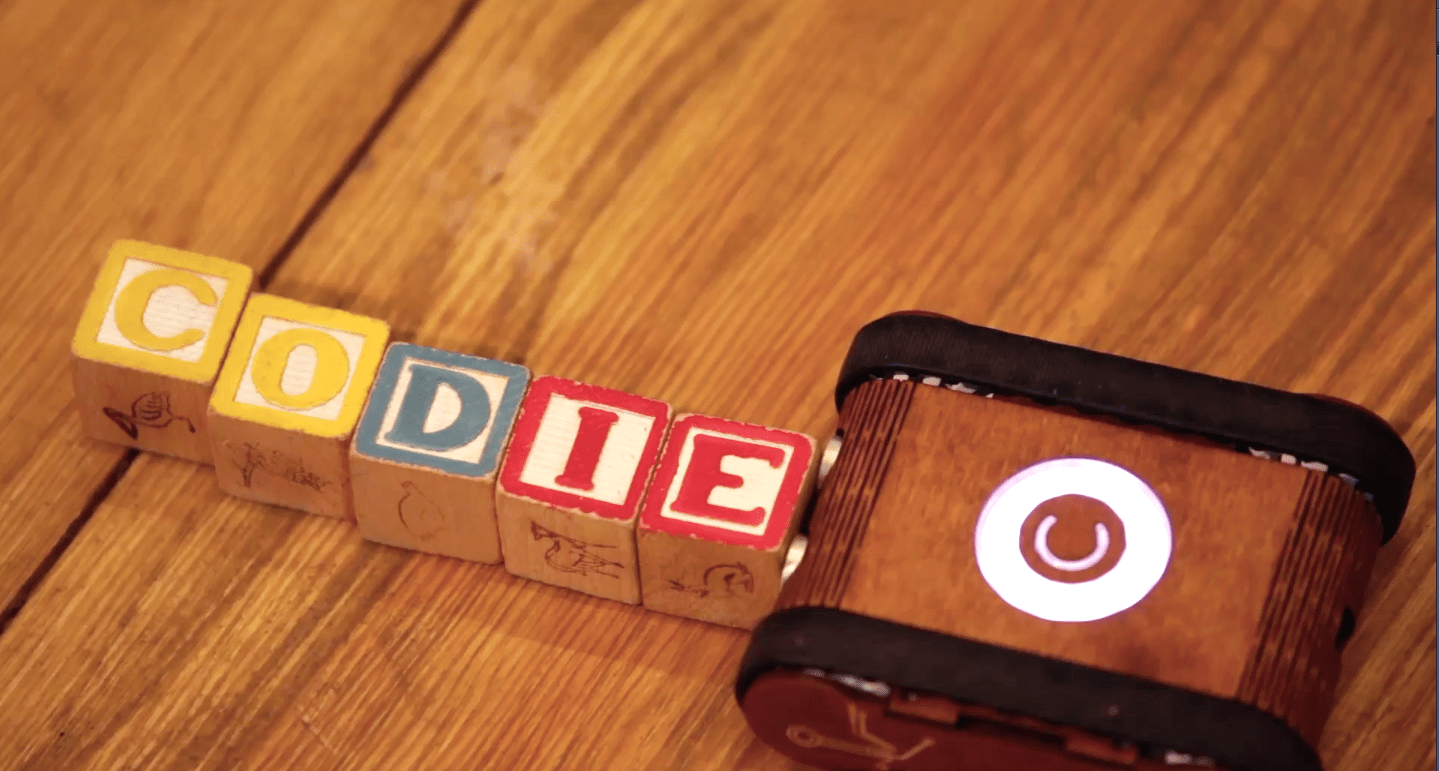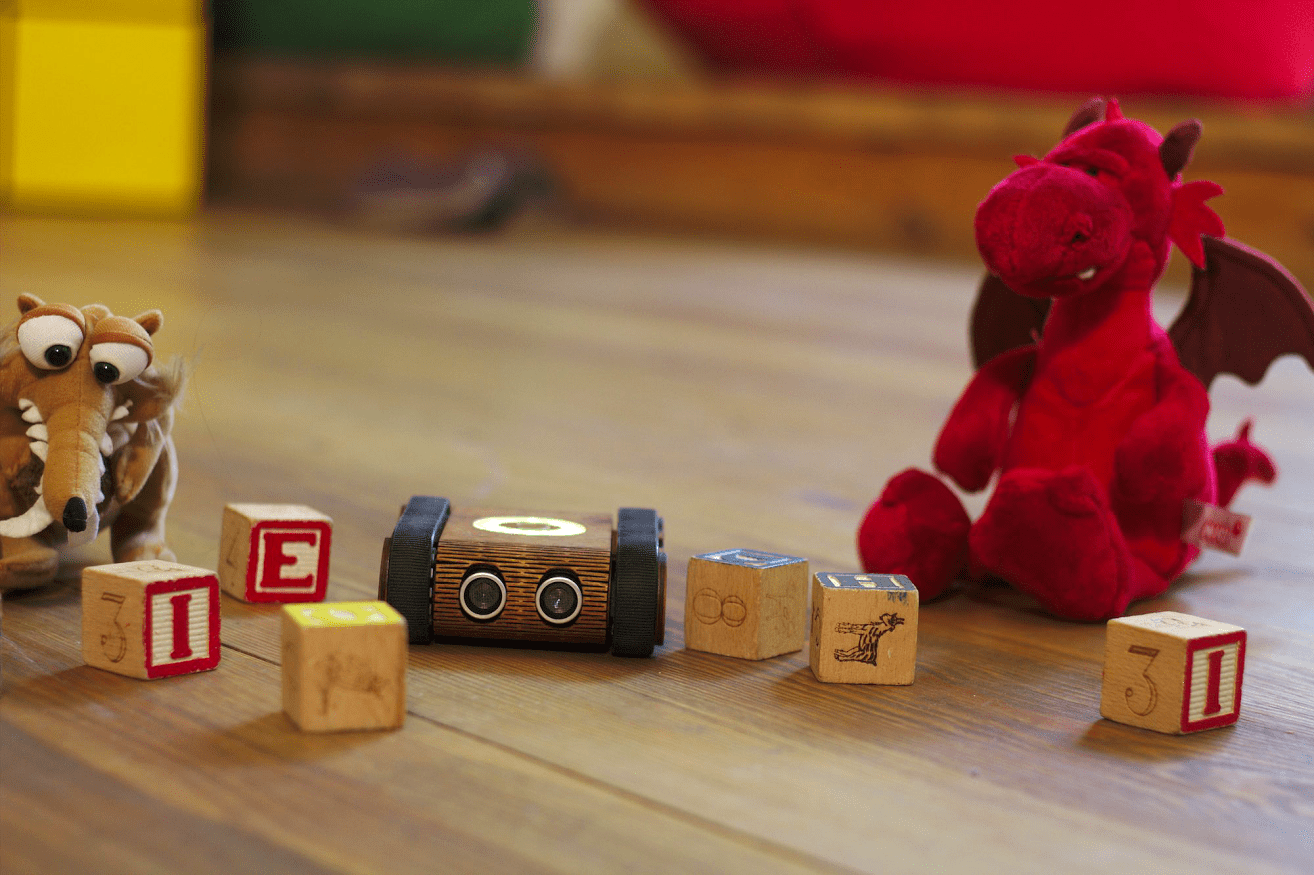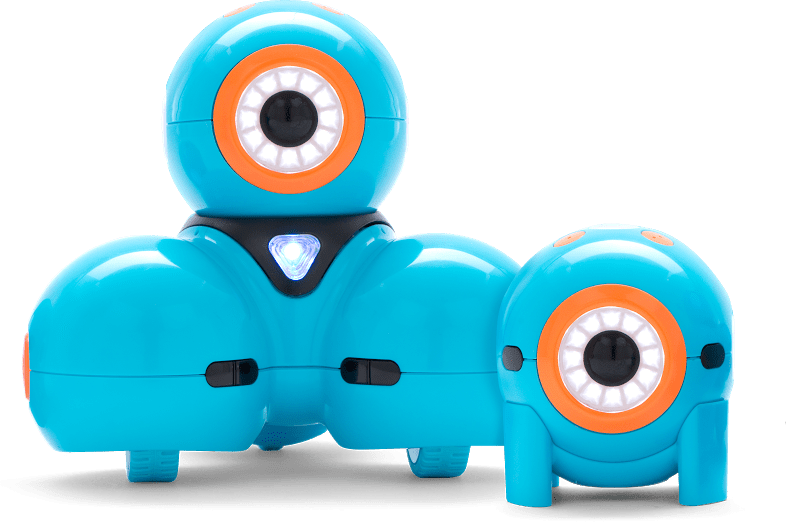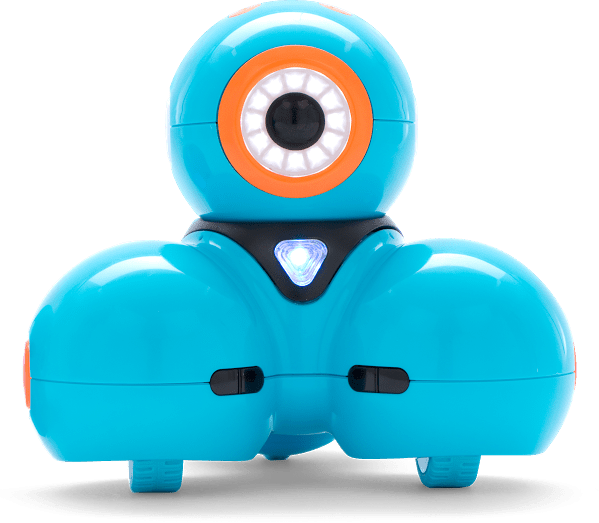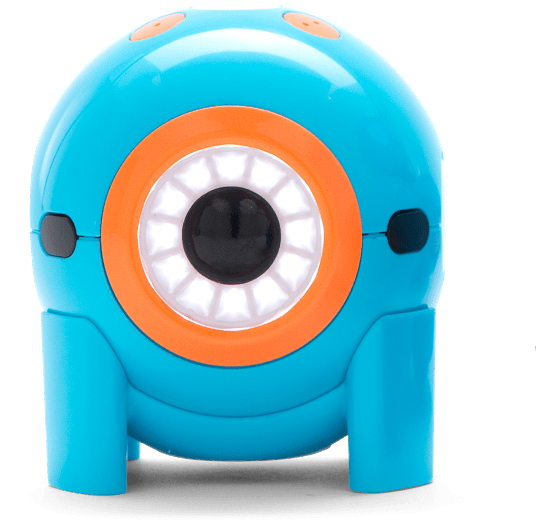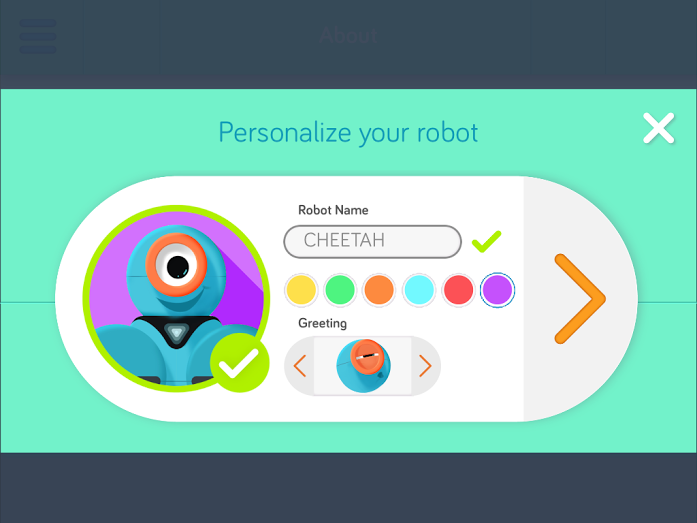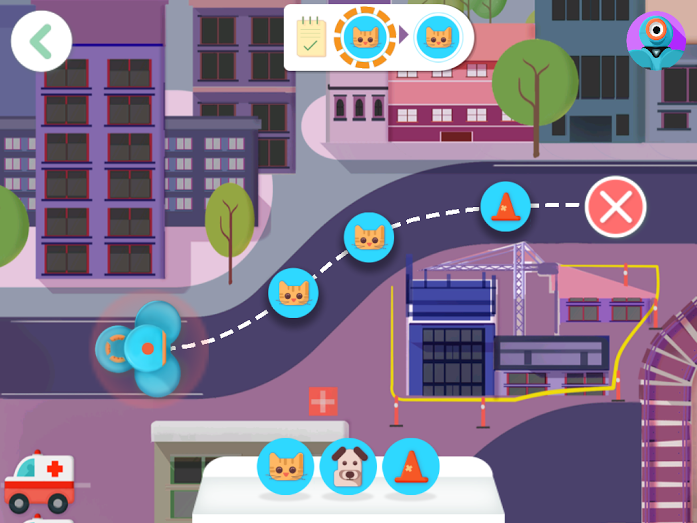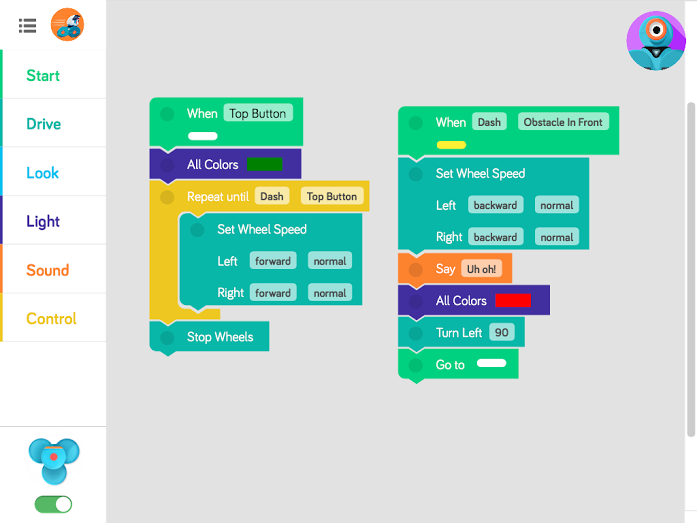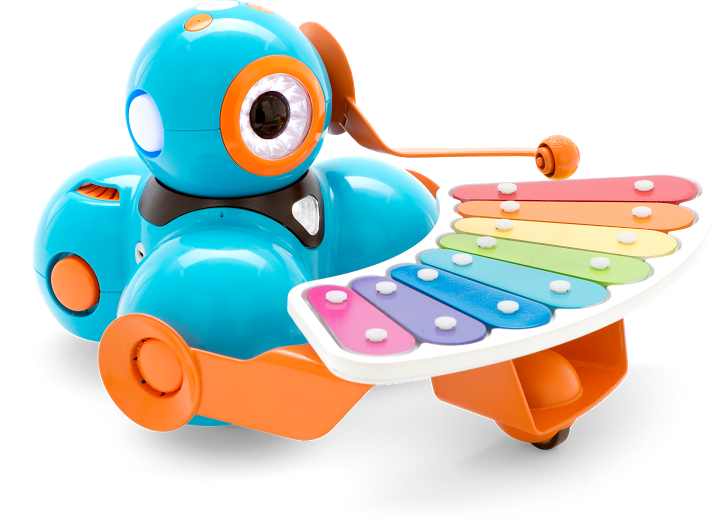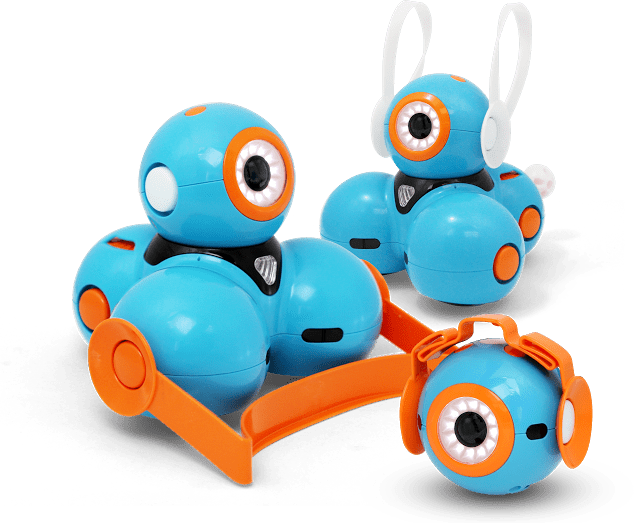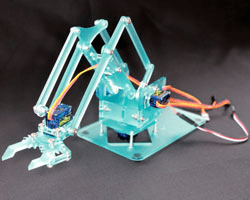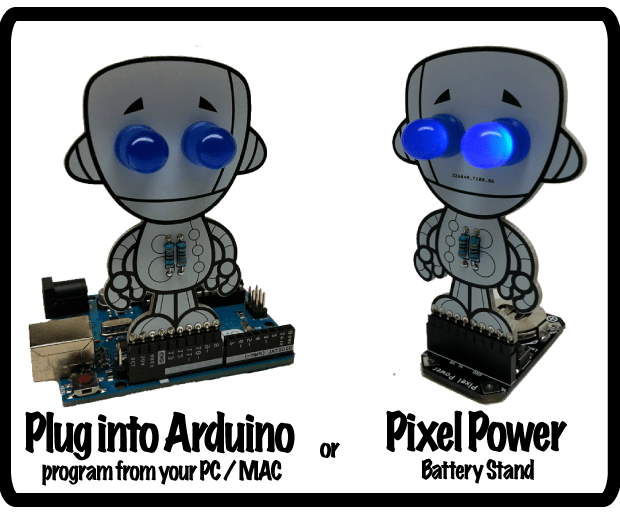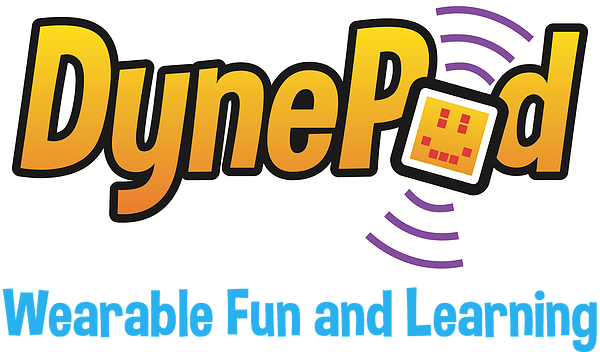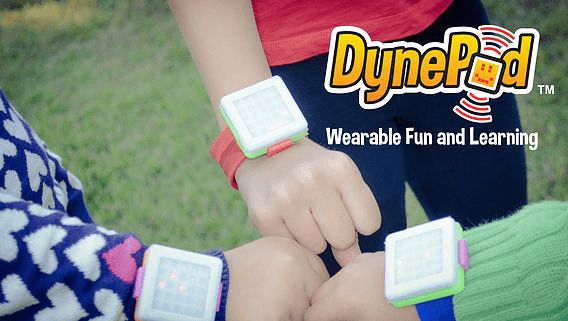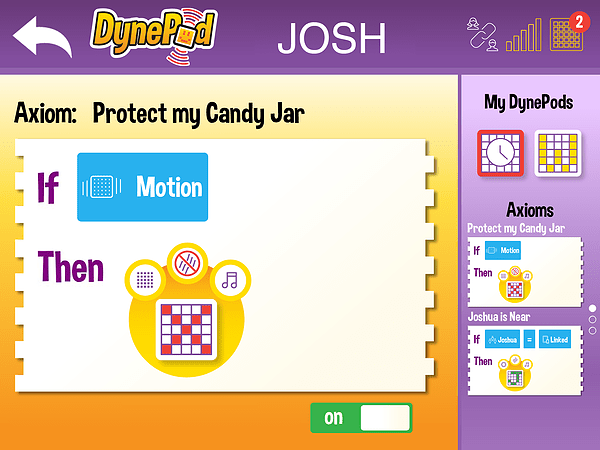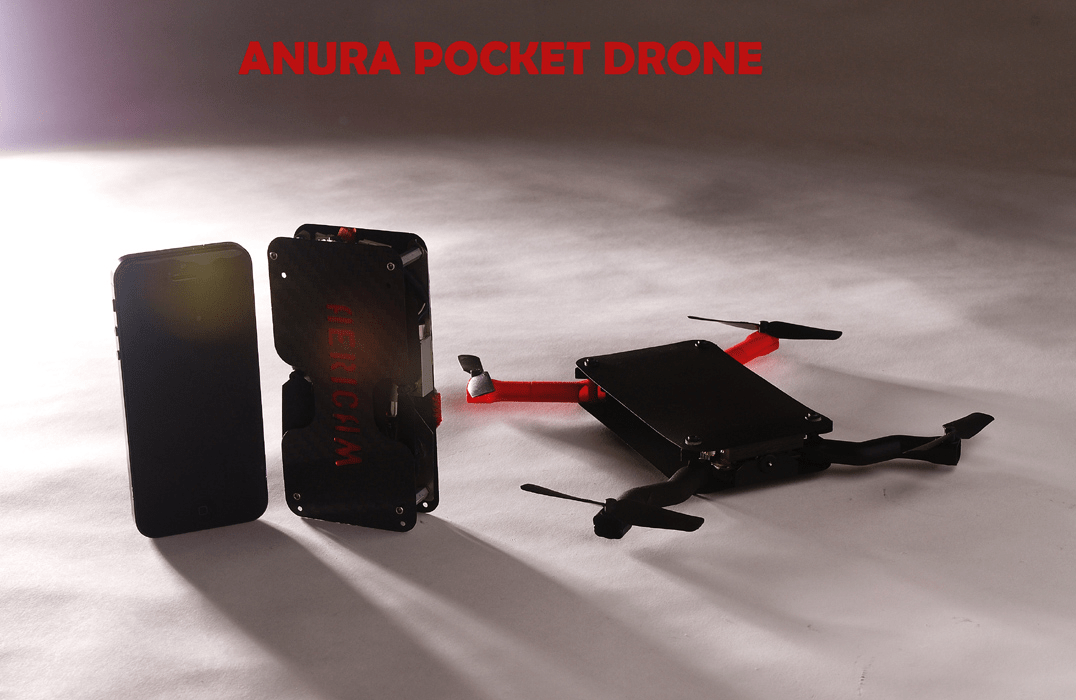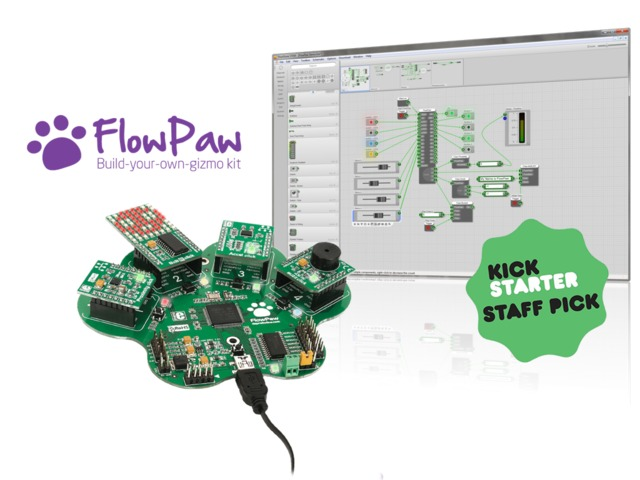Unter dem Motto »Jeder kann programmieren – mit Open Roberta!« stellen Fraunhofer-Experten heute ihre neue, internetbasierte Programmierplattform »Open Roberta« vor. Kostenlos und interaktiv können Schülerinnen und Schüler eigene Programme für Roboter erstellen und mit anderen teilen. Diese offene Lernumgebung soll mehr Mädchen und Jungen für Technik begeistern. Sie entsteht in Partnerschaft mit Google und unter der Schirmherrschaft des Bundesministeriums für Bildung und Forschung BMBF.
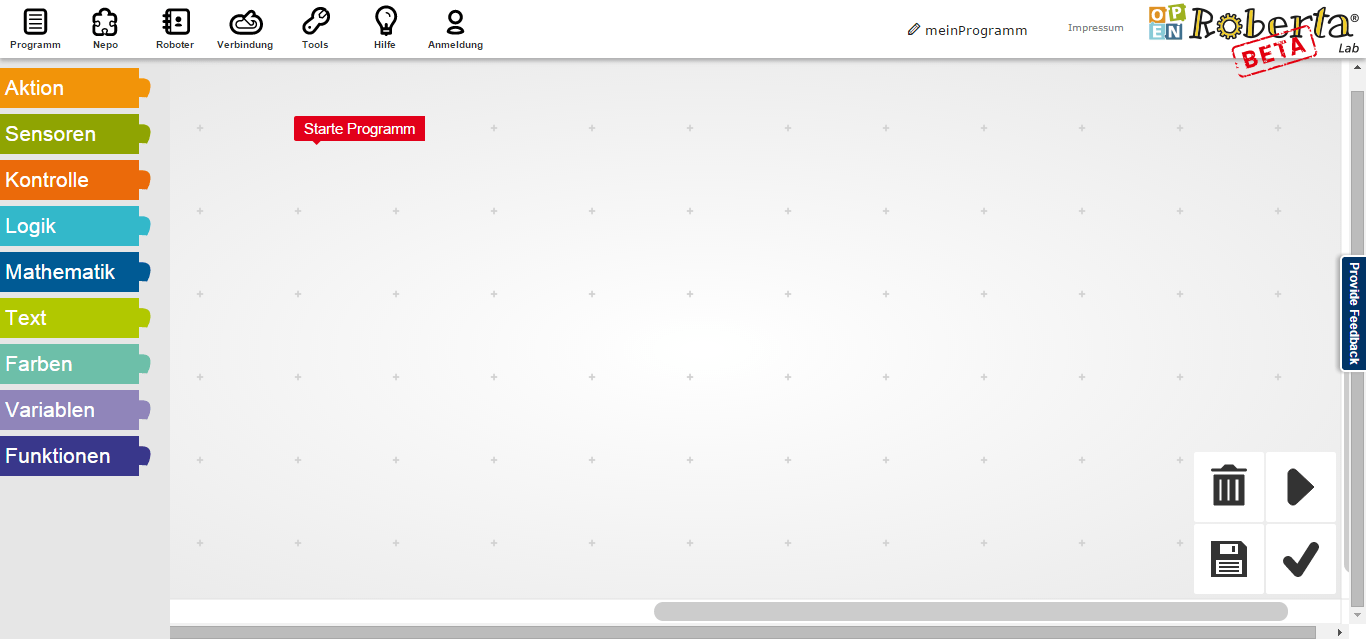
Intelligente Roboter, selbstfahrende Autos, Smartphones als Assistenten des Menschen – in unserer Gesellschaft sind digitale Technologien allgegenwärtig. »Um unsere digitale Welt zu gestalten, brauchen wir kluge Köpfe – junge Menschen, die Technik verstehen, Software programmieren und innovative Lösungen finden. Ich freue mich, dass heute dieses spannende und vielseitige Projekt startet«, sagt Prof. Dr. Alexander Kurz, Fraunhofer-Vorstand für Personal, Recht und Verwertung.
Das Projekt erweitert die Fraunhofer-Initiative »Roberta – Lernen mit Robotern«, die Kinder und Jugendliche spielerisch an Naturwissenschaften und Technik heranführt. »Open Roberta verbindet das erfolgreiche, pädagogische Roberta-Konzept mit einer innovativen technischen Lernumgebung, die das Programmieren lernen leicht macht und offen ist für spannende, kreative Experimente«, sagt Prof. Dr. Stefan Wrobel, Leiter des Fraunhofer-Instituts für Intelligente Analyse- und Informationssysteme IAIS. Die IAIS-Experten entwickeln Open Roberta mit Unterstützung von Google. Das Unternehmen hat für das Projekt eine Million Euro für zwei Jahre bereit gestellt. »Google setzt sich seit vielen Jahren und mit vielen Initiativen für die Förderung von Informatik in Bildung und Ausbildung sowie von Open-Source-Software ein. Wir freuen uns sehr, unser Engagement mit Open Roberta auf eine noch breitere Basis zu stellen«, erläutert Google-Entwicklungschef Dr. Wieland Holfelder das Engagement des IT-Konzerns.
Jeder kann programmieren – mit »Open Roberta«
Im Projekt »Open Roberta« entwickeln die Fraunhofer-Forscher eine frei verfügbare, cloudbasierte grafische Software, die Kindern und Jugendlichen mit Spaß und ohne technische Hürden das Programmieren ermöglicht – von ersten Programmierschritten bis hin zur Entwicklung intelligenter LEGO MINDSTORMS Roboter mit vielerlei Sensoren und Fähigkeiten. Dabei spielt es zukünftig keine Rolle, ob man vom Computer, Tablet oder Smartphone aus auf die Plattform zugreift. Sie lässt sich einfach über den Internetbrowser aufrufen, speichert die geschriebenen Programme in der Cloud und macht aufwändige Software-Updates überflüssig. Davon profitieren besonders Schulen, da deren IT-Wartung häufig mit großem administrativem Aufwand verbunden ist und viele Einrichtungen oftmals nicht über ausreichende Mittel für leistungsstarke Rechner verfügen. Die internetbasierte Software wird es auch ermöglichen, sowohl in der Schule als auch zuhause an eigenen Programmen zu arbeiten, sie mit anderen zu teilen und sie unabhängig von Ort und Zeit gemeinsam weiterzuentwickeln. Für Lehrkräfte stehen demnächst Tutorials für die Arbeit mit Open Roberta bereit, die auf die unterschiedlichen Interessen von Mädchen und Jungen eingehen.
Der Nachwuchs von heute programmiert für den Nachwuchs von morgen
Die Open-Roberta-Software ist zur Zeit im Beta-Stadium und wird Open Source weiterentwickelt. Im nächsten Schritt beziehen die IT-Experten vom IAIS Lehrkräfte, IT- und Bildungsexperten aus dem Roberta-Netzwerk sowie Hochschulen und ihre Studierenden aktiv in die Entwicklungsarbeiten ein. »Somit stärkt das Projekt gleichzeitig die Zusammenarbeit mit Hochschulen und fördert die praktische Programmiererfahrung von Studierenden«, erläutert Wrobel. Mitte 2015 wird die Software ohne Einschränkungen für alle zugänglich sein und sich zum Beispiel um die Programmierung weiterer Robotersysteme erweitern lassen. Sowohl die Software als auch die Open-Source-Entwicklertools stehen über Fraunhofer-Server bereit. Zudem können Schülerinnen und Schüler aus ganz Deutschland über Ideenworkshops und Wettbewerbe aktiv die Open-Roberta-Programmierumgebung mitgestalten.
Im Kontext von Open Roberta führt das Fraunhofer IAIS auch seine langjährige Zusammenarbeit mit LEGO Education fort. LEGO Education stellt 160 Roberta-Baukästen für die weitere Verbreitung von Open Roberta in den Bundesländern zur Verfügung. In Zusammenarbeit mit der Initiative »Jeder kann programmieren. Start Coding« und der Initiative D21 stellen die Kooperationspartner ihr Projekt am 4. November 2014 in Berlin erstmals der Öffentlichkeit vor.
Die Initiative »Roberta – Lernen mit Robotern«
»Roberta – Lernen mit Robotern« ist ein Bildungsprogramm, das Kinder und Jugendliche bereits seit über zehn Jahren für Naturwissenschaften und Technik begeistert. Es wurde 2002 durch das IAIS und mit Förderung des BMBF ins Leben gerufen. Jährlich erreicht die Roberta-Initiative in über 800 dokumentierten Roberta-Kursen mehr als 30 000 Kinder und Jugendliche. Ein umfassendes Schulungskonzept sowie gendergerechte Lehr- und Lernmaterialien unterstützen Lehrkräfte dabei, naturwissenschaftlich-technische Themen spielerisch zu vermitteln. Regionale RobertaRegioZentren sowie zertifizierte Roberta-Teacher bilden ein europäisches Netzwerk für den Erfahrungsaustausch und die Weiterentwicklung des Roberta-Konzepts.
Weitere Informationen:
www.open-roberta.org
www.roberta-home.de
www.google.org
education.lego.com
